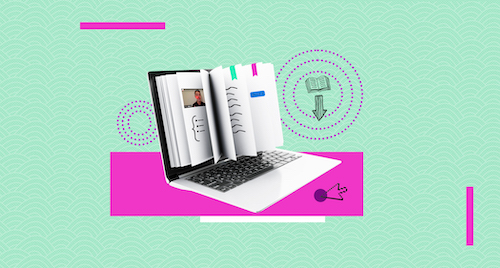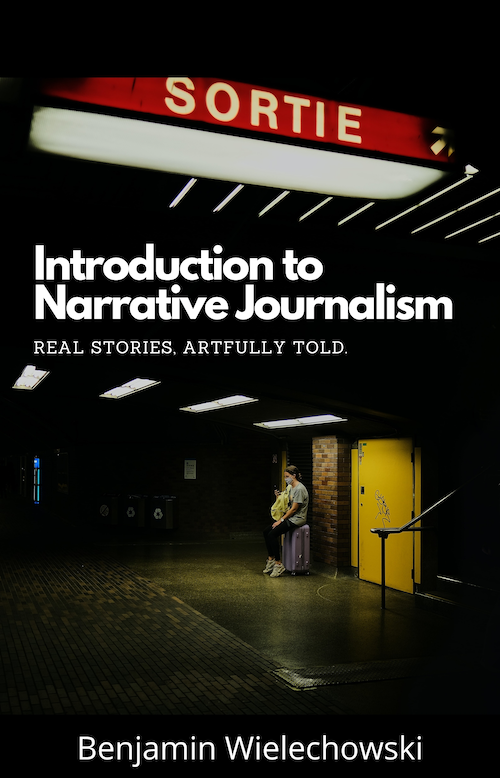
When lecturer Benjamin Wielechowski took over teaching the narrative journalism course a few years back, he was already thinking about ways he could stray from the traditional textbook approach. Even the texts he liked the most weren’t always 100 percent relevant. And both his colleagues and students were encouraging him to lean harder on non-written modalities like podcasts and short documentaries — both as worthy narrative journalism formats and as useful teaching materials. The big challenge, Wielechowski says, was figuring out how to organize this more a la carte menu of learning resources for his students. Initially, he thought he’d take a stab at laying everything out in Canvas, UM-Dearborn’s learning management system, which can easily accommodate external links to, say, videos or magazine articles. But after several conversations with folks on UM-Dearborn’s Open Educational Resources Task Force (now the Open Education Campus Committee), his vision got a lot more ambitious. Ultimately, with their support, he decided the way to get exactly what he wanted was to author his own “open” textbook, which would prominently feature his own students’ work and be freely accessible and licensable to anyone who might find it useful.
The environment of so-called open educational resources (OERs) is evolving so quickly, you might not recognize it if the last time you read about OER was a few years ago and the first thing that comes to mind is a simple downloadable PDF book. In fact, Hub Instructional Designer Autumm Caines says many advocates in the OER community now prefer to talk about “open education” — dropping the emphasis on resources and products so the movement can widely encompass pedagogies as well. The idea that teaching materials and practices can be free, accessible and constantly improved through widespread sharing, customization and collaboration, is still the motivating force. What’s changed noticeably, says Caines, is the pace and direction of innovation, spurred in part by a growing capacity to support folks interested in open education and new technology platforms that majorly up the game of OER authors.







